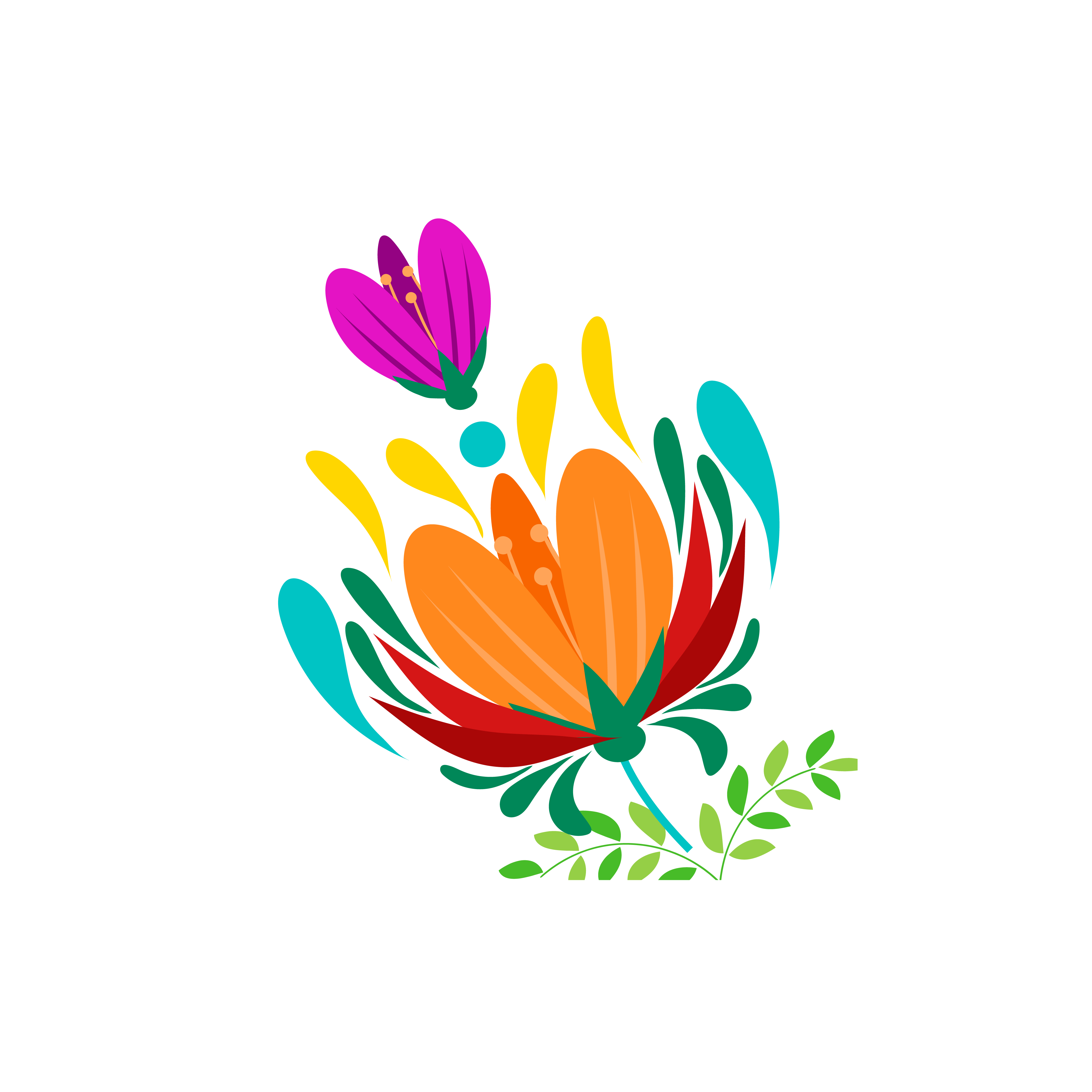What is Anxiety?
Anxiety is a natural and often adaptive response to stress or perceived threats. It is a feeling of unease, worry, or fear that can manifest in various ways, both emotionally and physically. Anxiety can be a normal part of life and can even be beneficial in some situations by alerting us to potential dangers and helping us prepare for them. However, when anxiety becomes excessive, uncontrollable, or persistent, it can be classified as an anxiety disorder and can significantly interfere with daily life.
Common symptoms of anxiety include:
- Excessive worry: Constantly thinking about potential problems or negative outcomes.
- Restlessness: Feeling on edge, agitated, or unable to relax.
- Muscle tension: Physical discomfort and tightness in muscles.
- Sweating: Increased perspiration, even in non-stressful situations.
- Trembling or shaking: Involuntary movements, particularly in the hands.
- Nervousness: Feeling jumpy or easily startled.
- Difficulty concentrating: Trouble focusing or making decisions
- Sleep disturbances: Insomnia or disrupted sleep patterns.
- Gastrointestinal issues: Upset stomach, nausea, diarrhea, or other digestive problems.
- Rapid heart rate: Palpitations or a racing heart.

Generalized
Anxiety Disorder
Anxiety disorders, such as generalized anxiety disorder (GAD), panic disorder, social anxiety disorder, and specific phobias, involve persistent and excessive anxiety that can be debilitating. These conditions often require professional treatment, which may include psychotherapy, medication, or a combination of both. It’s important to seek help if anxiety is significantly impacting your daily life or well-being. Additionally, lifestyle changes like stress management techniques, regular exercise, and a balanced diet can also help manage anxiety.
Take this anxiety questionnaire.


Helpful strategies
Eye roll
(1) Look down at the floor/ground.
(2) Inhale as you slowly roll your eyes up to the ceiling/sky.
(3) Exhale as you slowly roll your eyes up to the ceiling
3-5 Belly Breathing
(1) Place one hand on your upper chest and the other on your belly button.
(2) Inhale through your stomach to a count of 3 in your mind, letting it inflate. Allow your chest to remain still.
(3) Exhale through your mouth to a count of 5 in your mind, feeling your stomach deflate. Again, allow your chest to remain still.
(4) Repeat this three times.
Acupressure Breathing
(1) Locate the muscle between your thumb and index finger
(2) Firmly and slowly massage the muscle with the thumb and index finger of your other hand
(3) Massage and breathe in rhythm
5,4,3,2,1 Grounding Steps
- Name 5 things you see
- 4 things you can touch
- 3 things you can hear
- 2 things you can smell
- Name 1 thing you can taste



